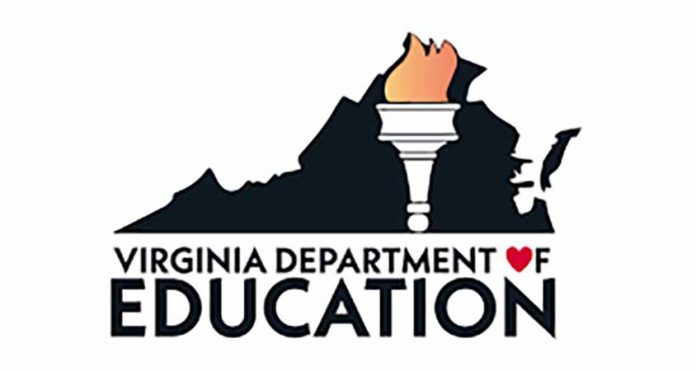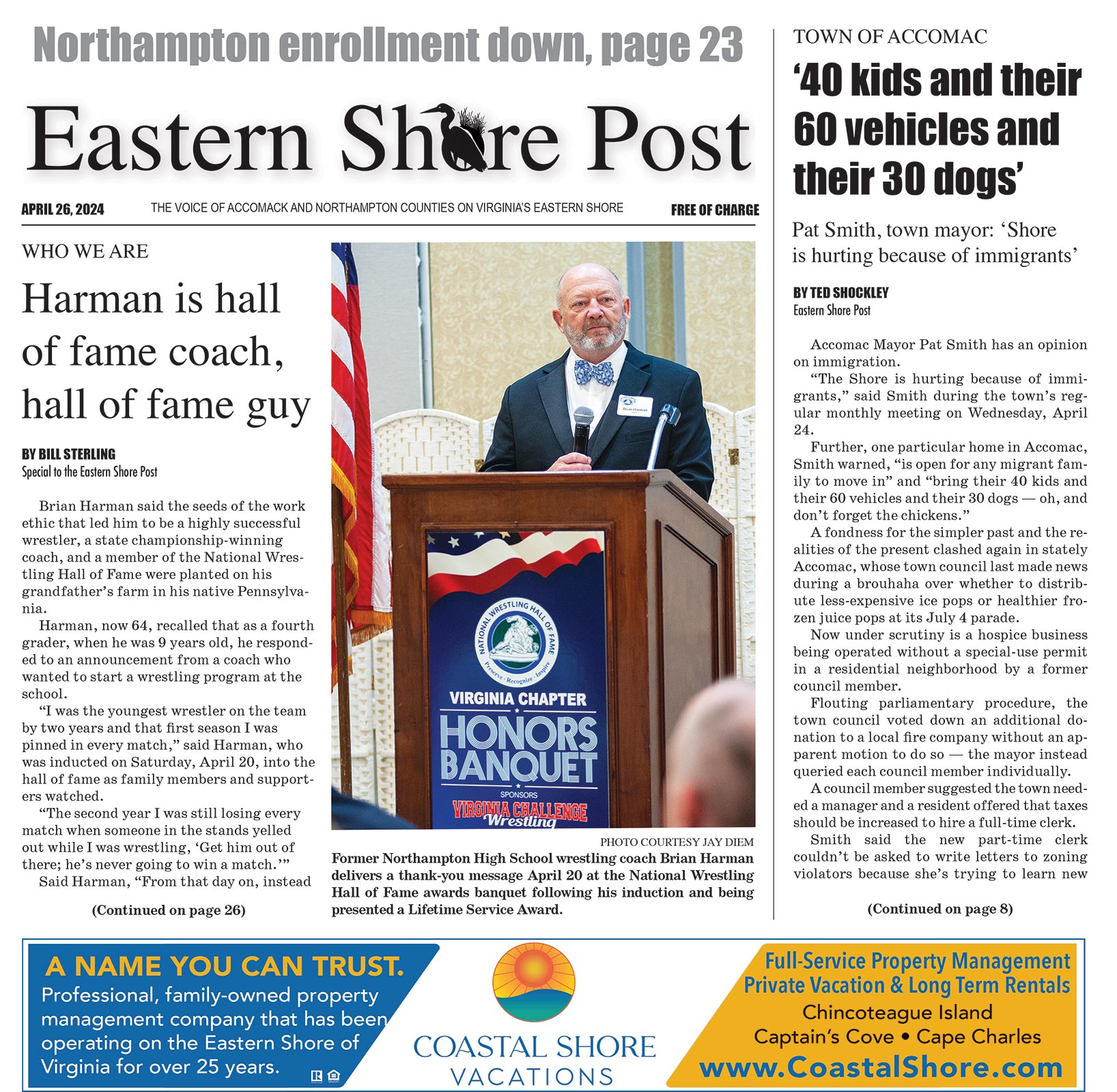By Stefanie Jackson – The Virginia Department of Education observed its first annual “EdEquityVA Week” in December with virtual events attended by guests including Gov. Ralph Northam.
The events centered on Virginia’s efforts to provide a quality public education to all students, regardless of their race or socio-economic background.
Northam attended the session, “Closing Opportunity Gaps,” and recapped his administration’s efforts over the last three years to improve public education in Virginia, “from cradle to classroom to career”:
• Expanding access to early childhood education programs for 3- and 4-year-olds. • Working to eliminate “high-stakes testing” in the classroom.
• Increasing funding for school meal programs.
• Providing funding to improve the ratio of school counselors to students.
• Creating a more culturally inclusive social studies curriculum, highlighting African American history.
• Making Virginia the first state to implement computer science standards.
• Committing more than $1 billion to increase opportunities in STEM (science, technology, engineering, and math).
Virginia Superintendent of Public Instruction James Lane reviewed the data that suggests race and socio-economic status continue to impact the educational opportunities offered to students.
For example, 48% of Virginia students are White, but White students make up 58% of students identified as gifted. However, 22% of Virginia students are Black, but Black students make up 12% of students identified as gifted.
“From a disparity standpoint, nearly half as many students as you would expect by population are identified for gifted services,” Lane said.
White and Asian students are potentially over-identified for talented and gifted programs, and Black and Hispanic students are under-identified for those programs, he indicated.
The percentages of students taking advanced placement (AP) or dual-enrollment courses tells a similar tale.
About 54% of Virginia students take AP or dual enrollment courses, including 77% of Asian students and 62% of White students but just 36% of Black students.
Data on student enrollment in Virginia Governor’s Schools (high schools and summer programs for gifted students) shows both racial and socio-economic disparities.
About 53% of students enrolled in Virginia Governor’s Schools are White, 18% are Asian, 16% are Black, nearly 7% are Hispanic, and about 5% are mixed-race.
Only 18% of those students were economically disadvantaged.
Students attending public schools in high-poverty areas are more likely to be taught by new and provisionally licensed teachers, Lane added.
In schools with more than 80% economically disadvantaged students, about 15% of the teachers are new, but in schools with 20% or fewer economically disadvantaged students, only about 8% of the teachers are new.
Additionally, Virginia ranks in the bottom half of states for teacher salaries and per-pupil funding.
Out of 50 states, with one being best and 50 being worst, Virginia ranked 32nd for teacher salaries as of the 2017- 2018 school year. The average Virginia teacher salary was about $10,000 less than the national average, Lane said.
Virginia ranks 26th for state and local per-pupil funding of K-12 public schools, and 42nd for state per-pupil funding.
VDOE Director for Equity and Community Engagement Leah Walker listed 10 steps that can be taken at the state or local level to close opportunity gaps:
• Challenge all students academically.
• Provide accelerated academic programs.
• Target student supports.
• Provide differentiated and scaled instruction, including in hybrid and virtual learning programs.
• Reconsider how teachers are assigned to schools.
• Examine how funding is distributed to school districts and individual schools.
• Give students social-emotional learning opportunities.
• Update infrastructure and technology, such as providing broadband internet.
• Re-examine the state’s educational accountability system.
• Continue to monitor and report data. For more information and to access Virginia’s Roadmap to Equity, visit www.virginiaisforlearners.virginia.gov/edequityva/



